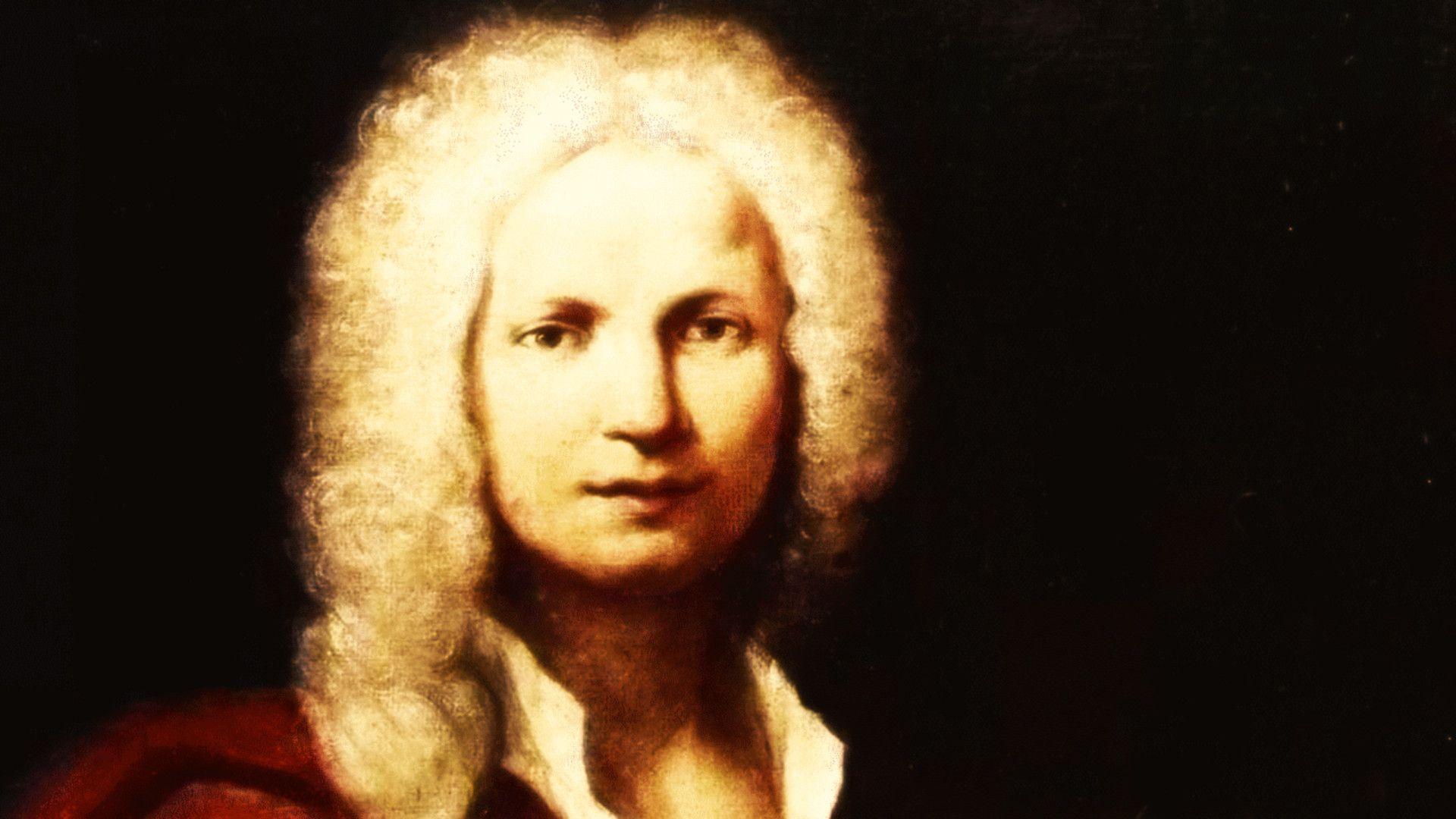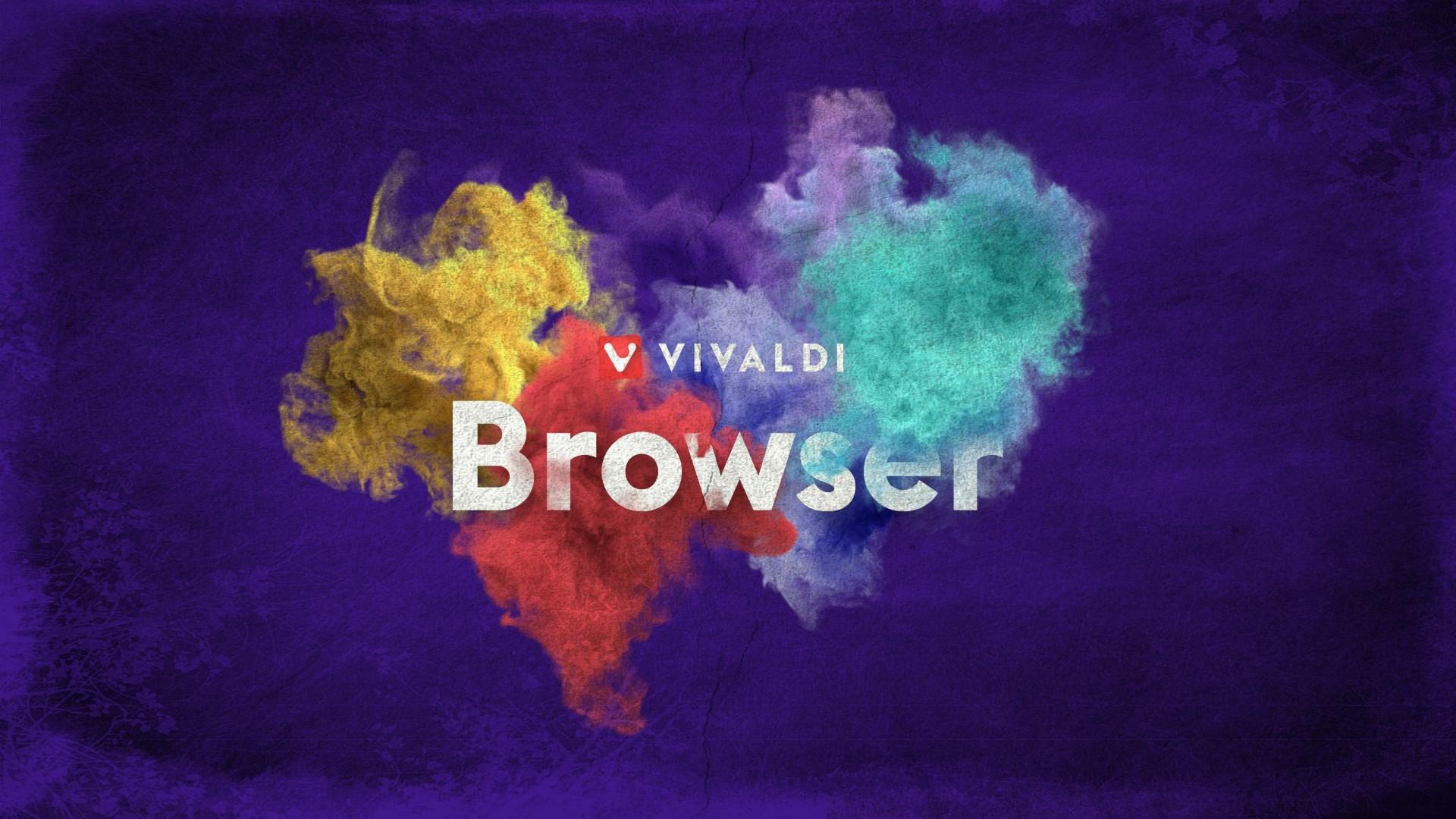Born: March 4, 1678
Venice, Italy
Died: July 26, 1741
Vienna, Austria
Italian composer, violinist and priest
🎵 Buy 'The Four Seasons' on the Official Halidon Music Store: Stream the album on Spotify: Apple Music &.
- Vivaldi is relatively young browser founded by the former CEO and co-founder of Opera Jon S. It is aiming to be the power user’s preferred browser and comes with quite a lot handy features. Unlike other browsers, probably the best side of it is that the team actually listens and implements the feedback coming from its users.
- Vivaldi has a minimalistic user interface with basic icons and fonts, and a color scheme that changes based on the background and design of the web page being visited. The browser also allows users to customize the appearance of UI elements such as background color, overall theme, address bar and tab positioning, and start pages.
- Reopening recently closed Tabs. The Closed Tabs button, located at the far end of the Tab Bar and in the Window Panel, contains a list of previously closed Tabs and Windows within the latest session. To reopen a Tab, open the Closed Tabs menu and click on the Tab you want to reopen. It’s also a good place to look for your Tabs and Windows if, for some reason, the browser didn’t open with.
- Window Background Image – Vivaldi browser Snapshot 1.15.1104.3 Today’s snapshot is all about making Vivaldi even more customizable — Introducing Window Background Image. Published on February 21, 2018 – By Maria Popova – 30011 views.
Antonio Vivaldi was an Italian violinist and composer whose concertos—pieces for one or more instruments—were widely known and influential throughout Europe.
Childhood and early career
Antonio Vivaldi was born in Venice, Italy, on March 4, 1678. His first music teacher was his father, Giovanni Battista Vivaldi. The elder Vivaldi was a well-respected violinist, employed at the church of St. Mark's. It is possible, though not proved, that as a boy Antonio also studied with the composer Giovanni Legrenzi (1626–1690).

Vivaldi Tab Color
Antonio was trained for a clerical (religious service) as well as a musical life. After going through the various introductory stages, he was ordained (authorized) a priest in March 1703. His active career, however, was devoted to music. In the autumn of 1703 he was appointed as a violin teacher at the Ospitale della Pieta in Venice. A few years later he was made conductor of the orchestra at the same institution. Under Vivaldi's direction, this orchestra gave many brilliant concerts and achieved an international reputation.
Vivaldi remained at the Pietà until 1740. But his long years there were broken by the numerous trips he took, for professional purposes, to Italian and foreign cities. He went, among other places, to Vienna, Italy, from 1729 to 1730 and to Amsterdam, Netherlands, from 1737 to 1738. Within Italy he traveled to various cities to direct performances of his operas. He left Venice for the last time in 1740. He died in Vienna on July 26 or 27, 1741.
Vivaldi's music
Vivaldi was very productive in vocal and instrumental music, sacred and secular (nonreligious). According to the latest research, he composed over seven hundred pieces—ranging from sonatas (instrumental compositions usually with three or four movements) and operas (musical dramas consisting of vocal and instrumental pieces) to concertos (musical compositions for one or two vocal performers set against a full orchestra).
Today the vocal music of Vivaldi is little known. But in his own day he was famous and successful as an opera composer. Most of his operas were written for Venice, but some were performed throughout Italy in Rome, Florence, Verona, Vicenza, Ancona, and Mantua.
Vivaldi was also one of the great eighteenth century violin virtuosos, or musicians with superb ability. This virtuosity is reflected in his music, which made new demands on Analyzr pro.
Reproduced by permission of
Orchestral music

Vivaldi's concertos are generally in three movements, arranged in the order of fast, slow, fast. The two outer movements are in the same key; the middle movement is in the same key or in a closely related key. Within movements, the music proceeds on the principle of alternation: passages for the solo instrument(s) alternate with passages for the full orchestra. The solo instrument may extend the material played by the orchestra, or it may play quite different material of its own. In either case, the alternation between soloist and orchestra builds up a tension that can be very dramatic.
The orchestra in Vivaldi's time was different, of course, from a modern one in its size and constitution. Although winds were sometimes called for, strings constituted the main body of players. In a Vivaldi concerto, the orchestra is essentially a string orchestra, with one or two harpsichords or organs to play the thorough-bass.
Some of Vivaldi's concertos are pieces of program music, for they give musical descriptions of events or natural scenes. The Seasons, for instance, consists of four concertos representing the four seasons. But in his concertos the 'program' does not determine the formal structure of the music. Some musical material may imitate the call of a bird or the rustling of leaves; but the formal plan of the concerto is maintained.
Vivaldi's concertos were widely known during and after his lifetime. They were copied and admired by another musician, Johann Sebastian Bach (1685–1750). In musical Europe of the eighteenth century Vivaldi was one of the great names.
For More Information
Heller, Karl. Antonio Vivaldi: The Red Priest of Venice. Portland, OR: Amadeus Press, 1997.
Vivaldi Four Seasons Background
Kolneder, Walter. Antonio Vivaldi: His Life and Work. Edited by Bill Hopkins. Berkeley: University of California Press, 1970.
Landon, H. C. Robbins. Vivaldi: Voice of the Baroque. Chicago: University of Chicago Press, 1996.
Vivaldi Background Image Size
Morgenstern, Sheldon. No Vivaldi in the Garage: A Requiem for Classical Music in North America. Boston: Northeastern University Press, 2001.
